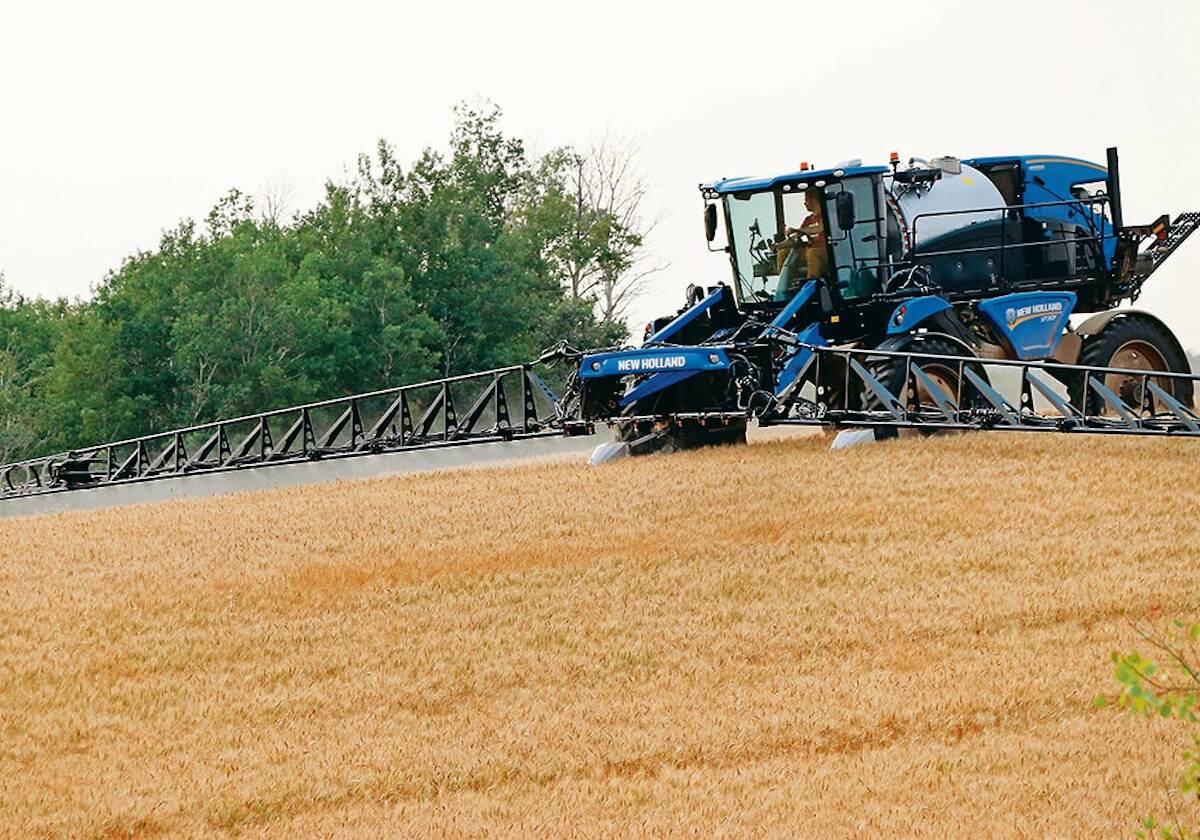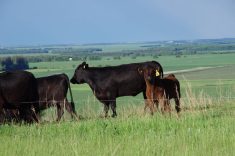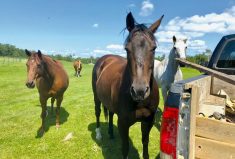There were never many reasons to be optimistic federal and provincial governments would find a short-term solution to long-held concerns over Canada’s business risk management (BRM) programs.
Another delay to a meeting of federal and provincial agriculture ministers to discuss the issue shouldn’t change this.
Originally scheduled to happen in July, the COVID-19 pandemic prompted the meetings to be pushed from July to October.
Read Also

Farming still has digital walls to scale
Canadian farms still face the same obstacles to adopting digital agriculture technology, despite the years industry and policy makers have had to break them down.
An upcoming election in Saskatchewan – which boasts a significant amount of Canada’s arable land and is a major agricultural player – forced the meeting to be further delayed to November. Agriculture and Agri-Food Canada (AAFC) announced the delay in a social media post.
It is unfortunate, but necessary.
Saskatchewan’s Minister of Agriculture Dave Marit was a vocal participant during Ottawa-based meetings in December.
The minor changes that were made at that time, allowing private insurance companies to be used as a “top-up” under AgriStability, came at Saskatchewan’s suggestion.
So there really isn’t a reality in which you could host these meetings and make big changes without Saskatchewan being there. Marit, or whoever takes his place as Saskatchewan’s agriculture minister post-election, needs to be at the table.
Optimists might look to the delay as an opportunity for all involved to consider short- and long-term fixes; but producers should keep their expectations low.
These meetings are not likely to result in BRM programs, namely AgriStability, being improved.
For producers, any substantial improvement hinges on the willingness of tight-pocketed politicians to pay more.
BRM programs are funded by federal and provincial governments, at a cost-share ratio of 60:40. The cost has averaged roughly $1.5 billion in the past five years (but is expected to be higher this year because of the pandemic).
Consecutive years of strong commodity prices justified governments moving money away from risk management funding towards other programs, like those focusing on innovation. By 2013 AgriStability policy adjustments were making it harder for farmers to qualify for the program, and paying them less money when they did.
It is unlikely provincial and federal ministers will be able to agree on how to now make it easier for farmers to receive payments, and pay them more money when they do.
In March, AAFC officials confirmed lowering the threshold to qualify and raising the total amount that can be paid out under AgriStability was something being looked at.
Doing so is an industry-favoured proposal, but for now, the safe money is that it will remain just that: a proposal.
Major changes to BRM programs aren’t likely to come until 2023, when the current funding arrangement between the provinces and Ottawa expires.
Politicians who a few months ago expressed optimism over the possibility of major changes happening this year are now openly sharing a lack of confidence in that happening.
If major changes to assist farmers in the near term were expected to be made at the meetings, the delay in the meeting would have been more aggravating – but that isn’t the case.
Instead, it appears the provinces and federal government will continue a chess match to better position themselves for negotiating funding levels for the next agreement.
That may end up being the biggest storyline to follow when the meetings do eventually happen in November.



















